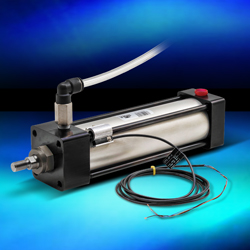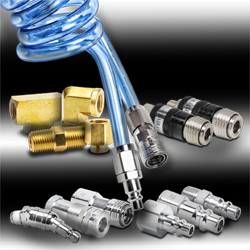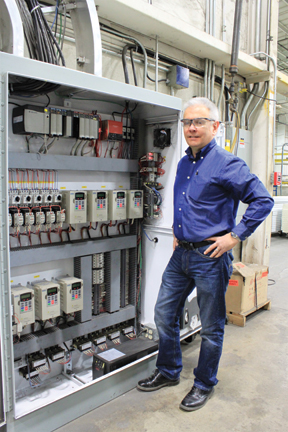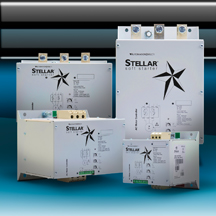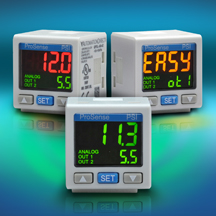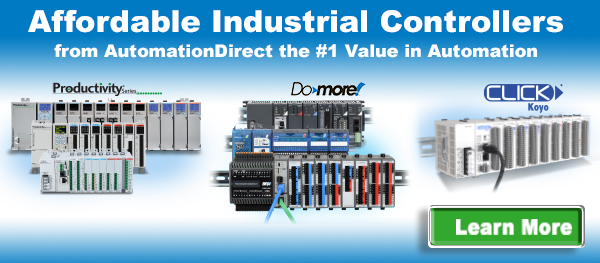Q: What are key differences between the P3-530 vs. the P3-550 CPUs?
A: Cost is the key reason to select a P3-530 vs. a P3-550 CPU. The P3-550 doews have distinctive advantages in advanced features, as shown in Table 1 on the next page. But in many case the 530’s features are more than adequate. (Image 1)The two CPUs program exactly the same1.
Q: What is the difference between remote I/O and expansion I/O?
A: The primary difference between remote I/O and expansion I/O is the distance of the I/O from the CPU base, and cost. The P3-EX (expansion I/O module) is connected to the CPU via a 2 meter USB cable. The P3-RS and P3-RX (remote slave modules) are connected to the CPU via a 10/100 Ethernet connection and the distance from the CPU is subject to Ethernet standards (~100 meters). Table 2 on the next page gives a more complete comparison. (Table 2 & Image 2)
Q: Are there any I/O module restrictions with the remote I/O and expansion I/O?
A: No, the Productivity3000 system was designed to allow any module to be placed in any slot of any base, regardless of whether it’s a local CPU base, expansion I/O base or remote I/O base. (Image 3)
Q: What is the maximum number of remote I/O and expansion I/O bases I can add to one CPU?
A: You can add up to 32 Ethernet remote I/O bases to one CPU. Each of these is called a “Base Group”. So you can have a total of 33 Base Groups (1 CPU + 32 remote = 33 Base Groups). Each Base Group can have up to 4 additional USB expansion bases for a total of 165 possiblebases per CPU2.
Q: Can the GS series and DURApulse drives be connected to the Productivity3000?
A: Yes, and this combination offers many benefits to the user that are not achievable with any other controllers and drives. By using the GS-EDRV100 Ethernet to serial interface card (required for this configuration), you can connect the drives directly to the Ethernet remote I/O network of the P3-550 CPU. This allows the user to not only auto-discover the drives once connected to the network, but you can also configure all drive parameters through the Productivity Suite programming software and choose to store these parameters with the controller project. The benefit of this is when a drive is replaced in the field, all configuration parameters are then reloaded into the new drive automatically, drastically reducing downtime.
Additional benefits include the use of the GS Drive Read (GSR) and GS Drive Write (GSW) instructions, which greatly simplify the drive’s communications and control. (Image 4)
Q: How can I keep my rung length shorter so I can see my entire ladder logic?
A: There are new options that allow you to configure your ladder, tag names and comments to better optimize your viewing area. These include ‘Wrap Tag Name’ which allows you to set the maximum number of characters in a line before the tag name wraps to another line. There is also an ‘Optimize Rung Lengths’ that will remove rung “white space” or empty columns that exceed column 11. *Requires Productivity Suite version 1.7.0.18 or later. (Images 5 & 6)
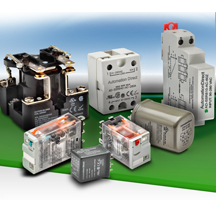
Image 5: New options for configuring your ladder, tag names and comments for better
optimization of your viewing area.
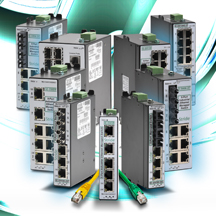
Image 6: ‘Wrap Tag Name’ allows you to set the maximum number of
characters in a line before the tag name wraps to another line.
Q: Can you log data with both the P3-550 and P3-530 CPUs?
A: Yes, both CPUs have the USB data port that allows you to connect a Pen Drive style USB memory device and record application data using a simple utility within the software.
Q: Is it possible to access data log files remotely?
A: Yes, both the P3-550 and P3-530 CPUs have an integrated Web server that allows you to access data log files residing on the memory drive that is connected to the CPU’s USB data port from a Web browser. The web server also lets you view system tags, and system event and error history.
Q: What is the benefit of a Tag name database?
A: Documentation and time. In most all practical projects, the programmer is required to document the program for troubleshooting measures. With a Tag name based controller you eliminate a step in this process because each instruction address is a descriptive tag. Not only are you eliminating a documentation step in the controller process, but if your application also calls for an operator interface panel, PC base HMI, SCADA package or other business system interface software, you have greatly reduced the development time in the overall schedule because of the ability to share the tag databases. This eliminates a huge step in any development project.
Q: What is the benefit of having multiple Ethernet ports on the CPU?
A: A common design flaw in networking programmable controllers is mixing I/O traffic and network traffic. The P3-550 CPU has a dedicated “Internal” Ethernet Remote I/O port that is different from the “External” Networking Ethernet port. Having these dedicated ports allows the processor to prioritize scan-based tasks and asynchronous tasks while reducing the risk of network collisions on your critical data traffic.
1 The only instruction not supported by the P3-530 is the LCD instruction. Also, the P3-530’s total I/O density is more limited because it only supports expansion I/O and not remote I/O.
2 Only applies to the P3-550 CPU. The P3-530 CPU only supports expansion bases.
By Jeff Payne
Product Manager, Automation Controls
Originally Posted: March 1, 2013


